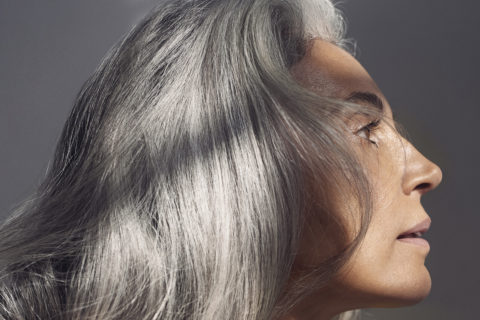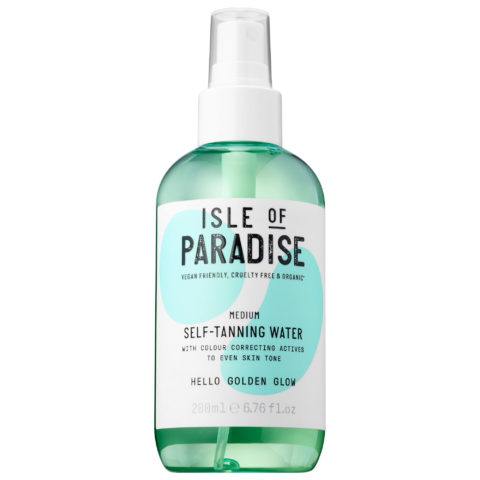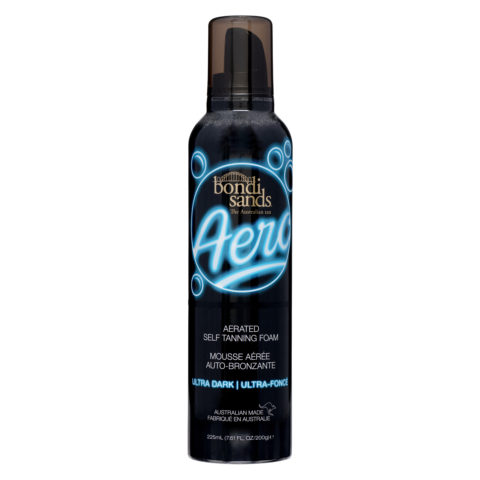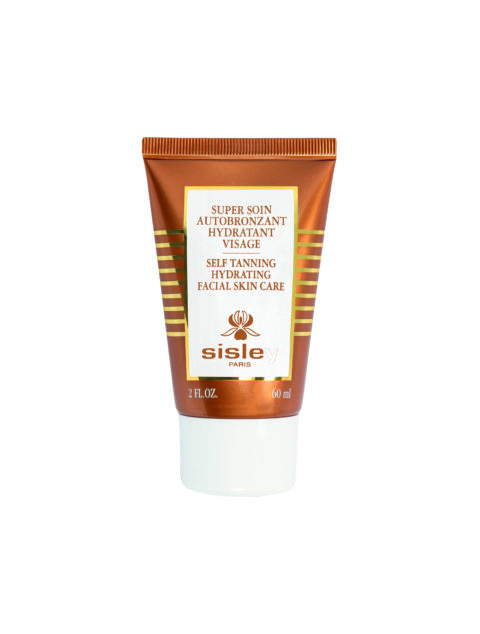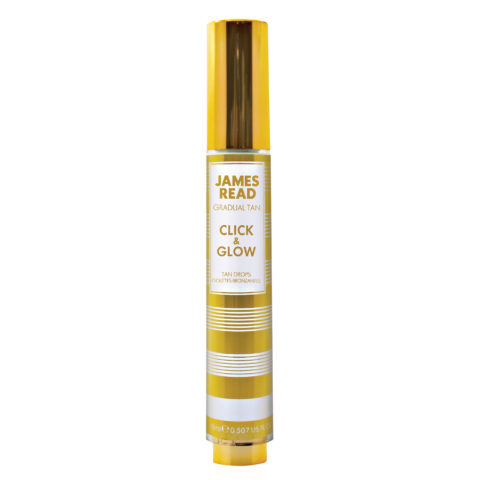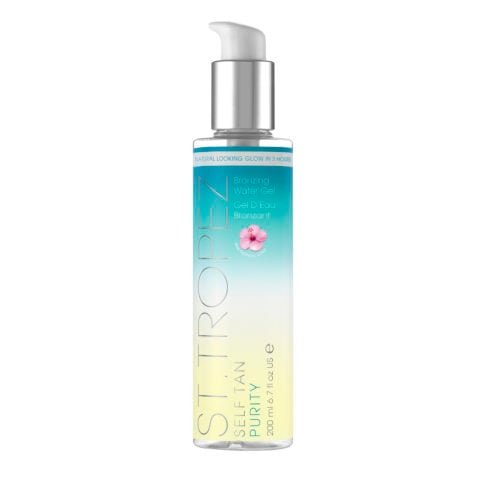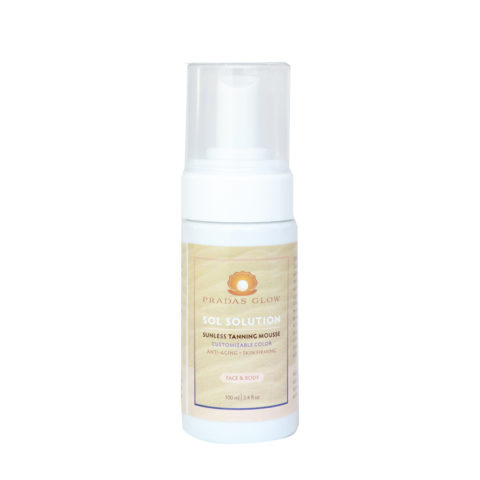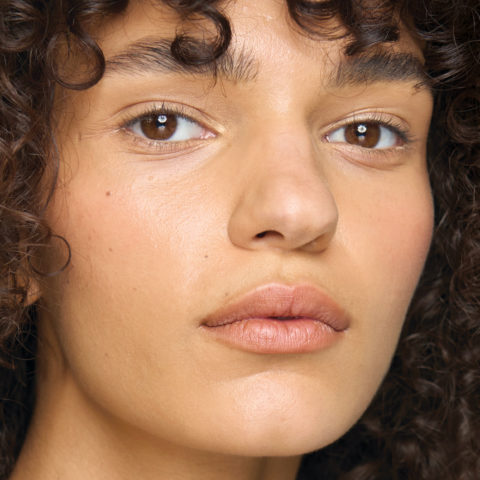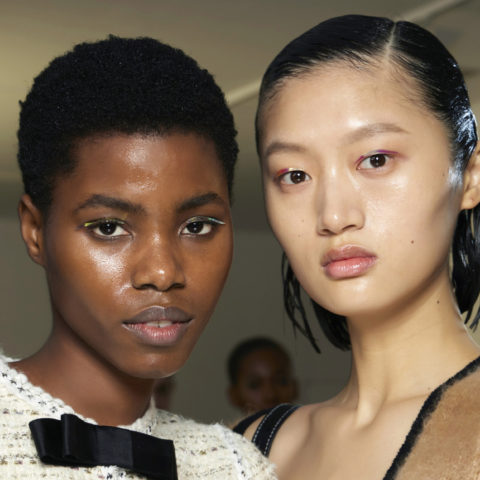Faux Glow: Pro Tips for Nailing Your Next At-Home Self-Tanner Session
Plus, 7 of our favourite products to try.
Self-tanners sure have come a long way. Today, there are lots of innovative formats to dabble in—from mousses to sprays to overnight facial masks to mixable drops—and the best formulas are spiked with ingredients like hyaluronic acid, hydrating oils and encapsulated retinol. Many brands have also successfully masked that funky sunless-tanner smell—a natural after-effect of dihydroxyacetone (a.k.a. DHA) reacting with skin. Derived from sugars, DHA is a skin-darkening agent that acts on proteins in the topmost layer of skin, which is composed of dead cells.
In addition to being a much safer option than exposing yourself to harmful ultraviolet rays, bottled bronze has become more inclusive of richer skin tones.
Just take it from Los Angeles-based faux-tanning pro to the stars and Pradas Glow founder Kristyn Pradas. Pradas was the resident skin-finishing expert for the Victoria’s Secret Fashion Show for a steady six years and has tanned down many a supermodel, from Gigi Hadid to Joan Smalls. “Self-tanner can help colour-correct your undertone,” says Pradas of the sunless pick-me-up. “Certain self-tanners will cancel out yellow, pink or red in your skin. Other shades can give you a golden glow if your skin is looking too blue or grey.”
If you’ve got a darker complexion and you’re looking to achieve more even and deeper colouring, Pradas recommends reaching for a self-tanner formula with either a red undertone for maximum bronzing payoff, a neutral brown undertone for a lighter tan adjustment or a golden hue for your-skin-but-better radiance. Unsure how to decipher undertones? “You can test self-tanners on a piece of paper towel prior to using to see what colour appears most: You may see gold, brown, red, violet or green,” she notes.
When selecting a self-tanner that will complement your natural colouring, pay attention to the product description. Medium to dark or “express” self-tanners will deliver a more desirable shade on darker skin, says Pradas.
These specific mixtures carry a higher concentration of DHA, which accounts for the big difference in the colour achieved, adds faux-glow doyen James Read. For paler skin tones, the U.K.-based expert, who is also the founder of his own namesake self-tanning brand, suggests giving gradual self-tanners a whirl for the most believable result. (They contain the least amount of DHA.) Read’s rule of thumb is to reapply self-tanner once a week to help maintain your glow, but if you didn’t reach your desired level of colour the first time and are looking to go darker, you can carefully apply a second layer the next day.
Regardless of skin tone, many people experience de-pigmentation issues, like vitiligo, a long-term condition which causes white patches to appear. Some people with this condition can really struggle with self-esteem, and although self-tanners may not be able to camouflage problem areas completely, Read has witnessed the mood-boosting powers bottled bronze can hold. “My friend has really noticeable vitiligo on her hands and she uses a spray. It’s changed her life. It’s helped even out her skin and she feels more confident,” he shares.
When it comes to application, you can get one of two results: gorgeous cohesive colour or a streaky mess. So, first things first: Exfoliate from head to toe to remove any dead skin buildup. Follow up with your favourite moisturizer (pay special attention to dry elbows and knees), and give it some time to absorb. If skin-sloughing ingredients, like retinol and vitamin C, are already a part of your regular face regimen, you can skip exfoliation, says Read. (Over-exfoliating can lead to irritation and accelerated aging.)
For a full-body bronze, “begin at the feet and work your way up the body to avoid creasing,” advises Pradas. For the most even tan, foam and gel-based formulas should be applied with a water-resistant self-tanning mitt in a circular motion, and don’t forget to blend often-missed zones (your feet, toes, hands, fingers, knuckles and ears as well as your hairline). “You can use a makeup sponge, a synthetic makeup brush or a foam paintbrush to blend these areas,” says Pradas, adding that you can clean up nails and palms with a makeup wipe to help avoid any staining.
If you’re dealing with any bumpy or scaly patches (hello, psoriasis and eczema), where self-tanner is known to cling and cause splotchiness, dab these areas post-self-tanner with a cream-dipped cotton swab or cotton ball. “This dilutes the tanning solution so it won’t get too dark,” explains Read. To avoid further highlighting age spots, apply a concentrated amount of moisturizer with a cotton swab or cotton ball before you tan.
Finally, always remember to wear sunscreen, since the majority of self-tanners don’t contain any SPF. And even if you use one of the few that do, you’re likely not applying— or reapplying—an adequate amount for proper protection.
Glow On
In the market for a new self-tanner? We’re coming at you with the crème de la crème for the face and body.

